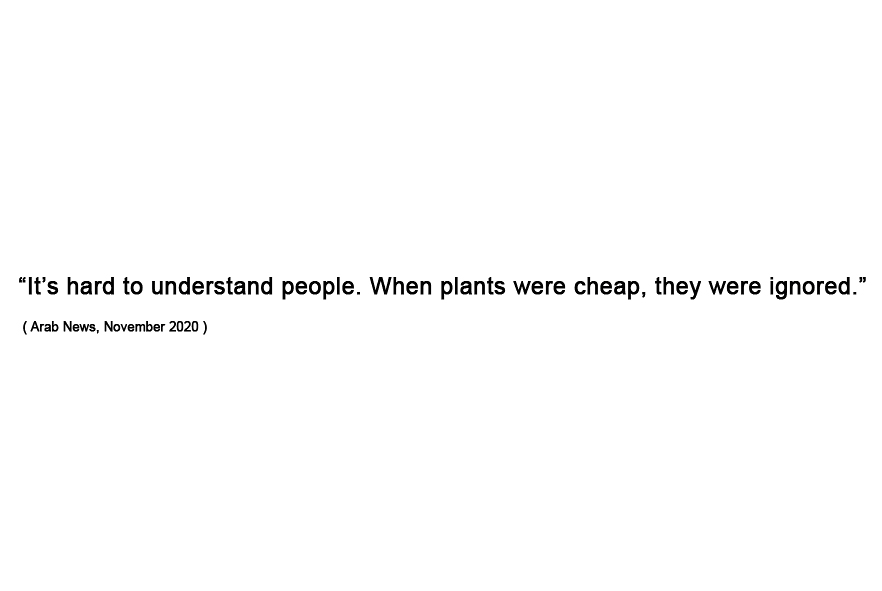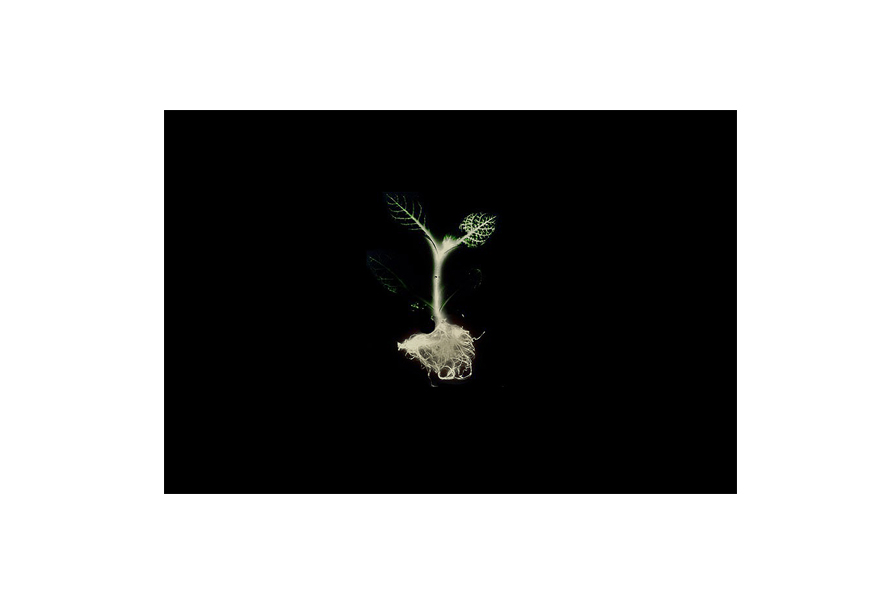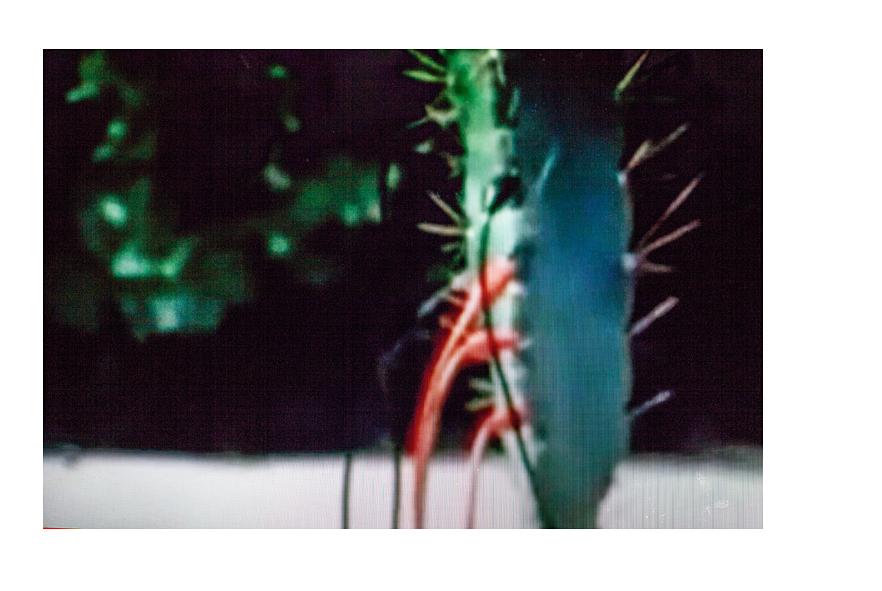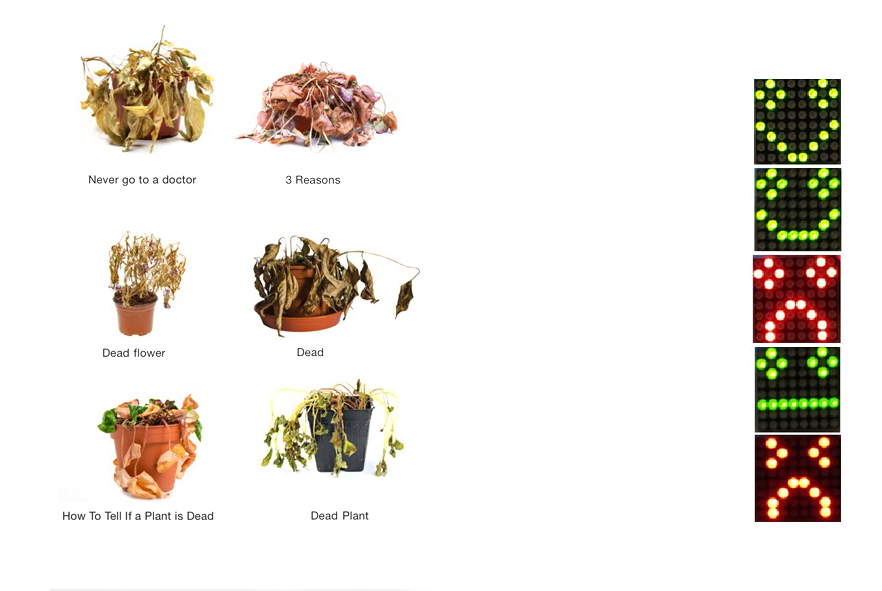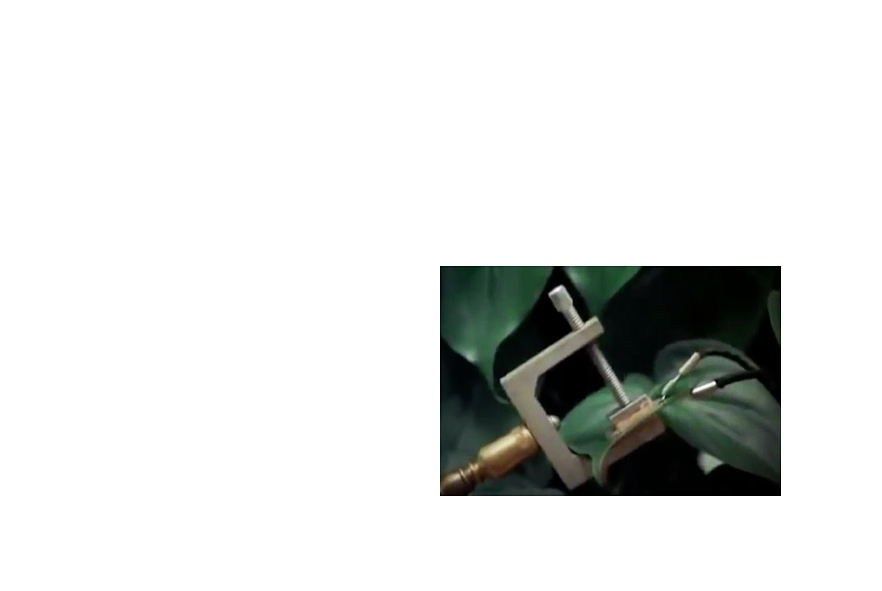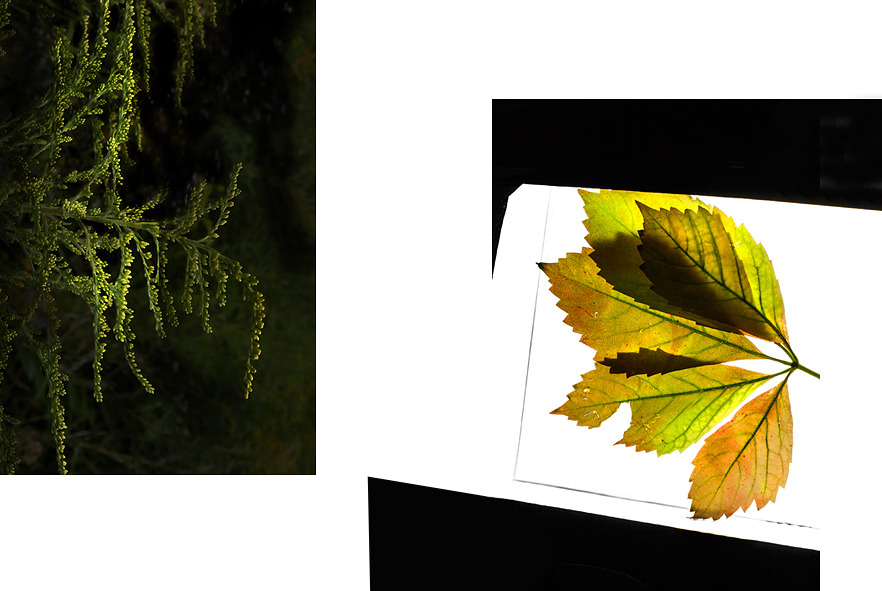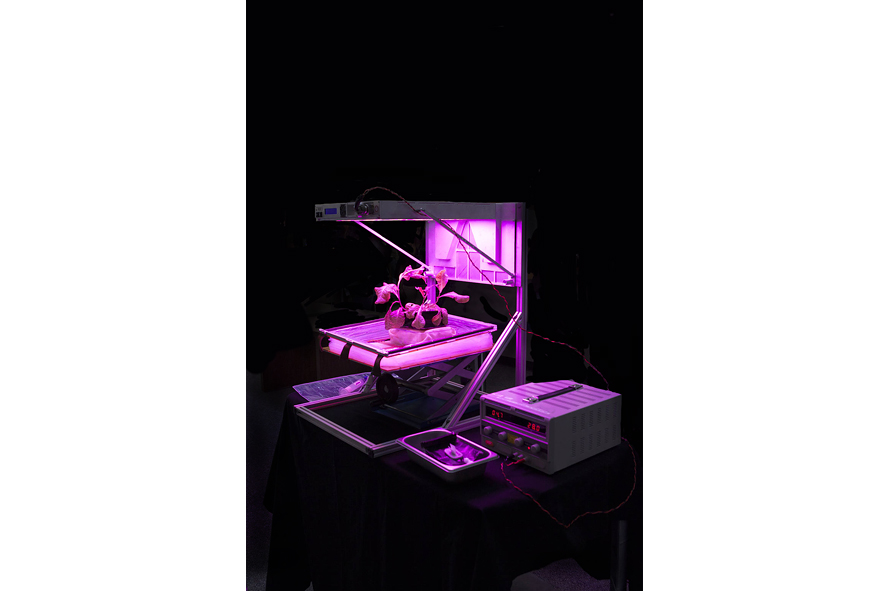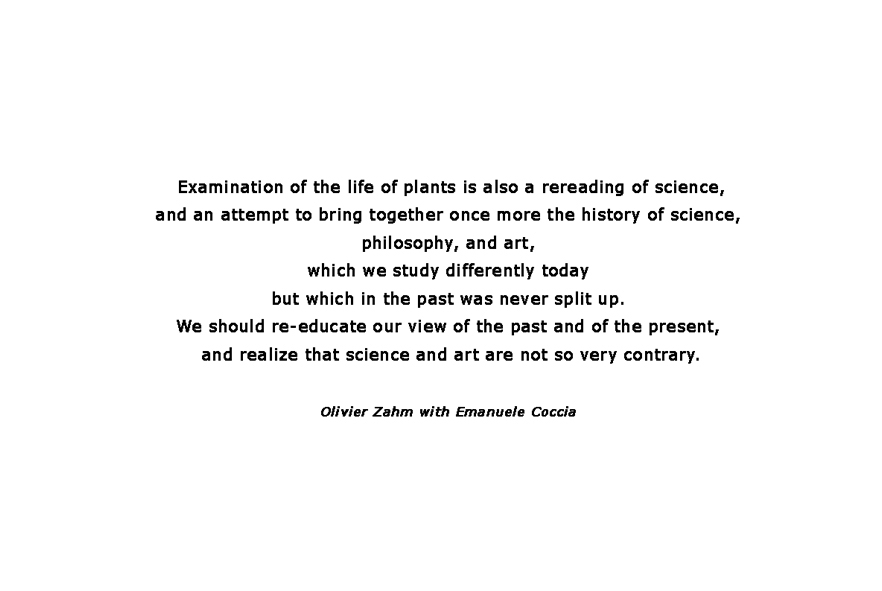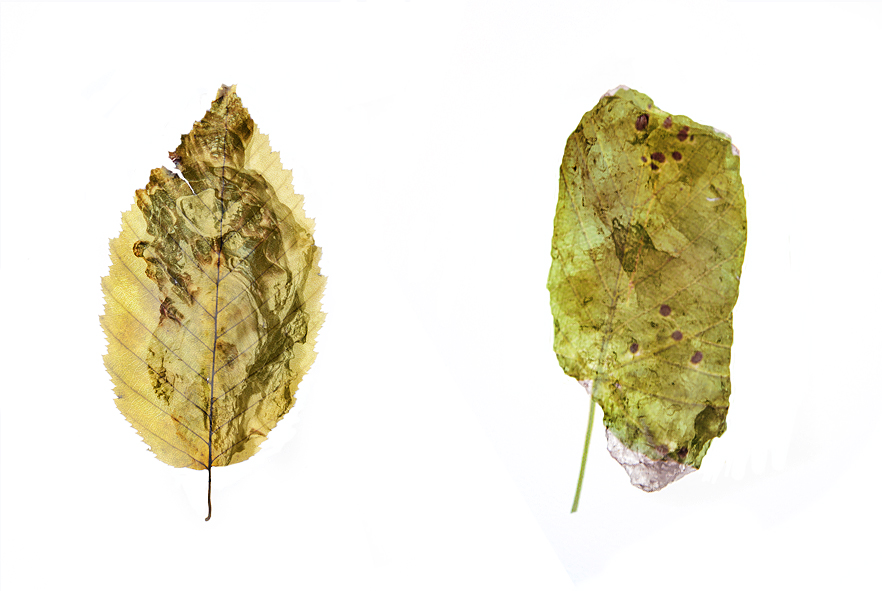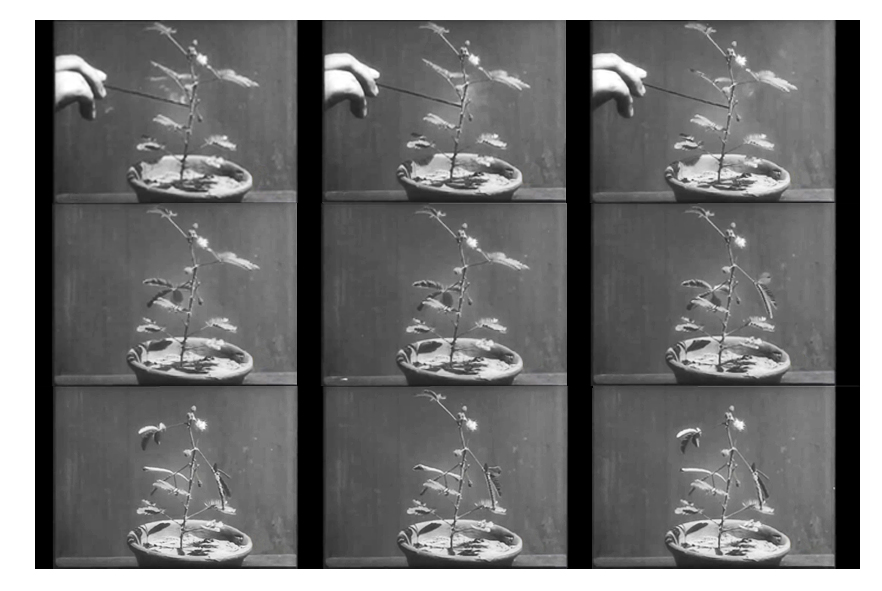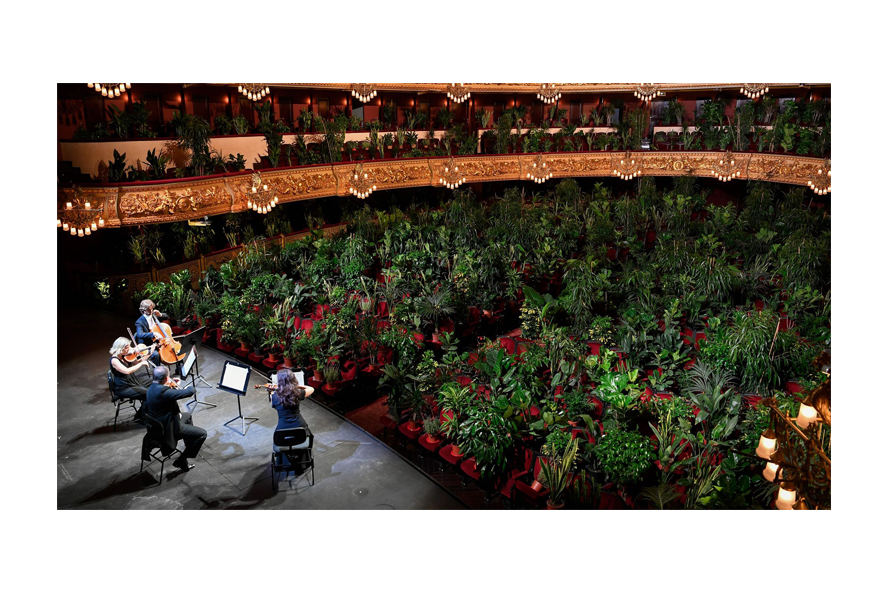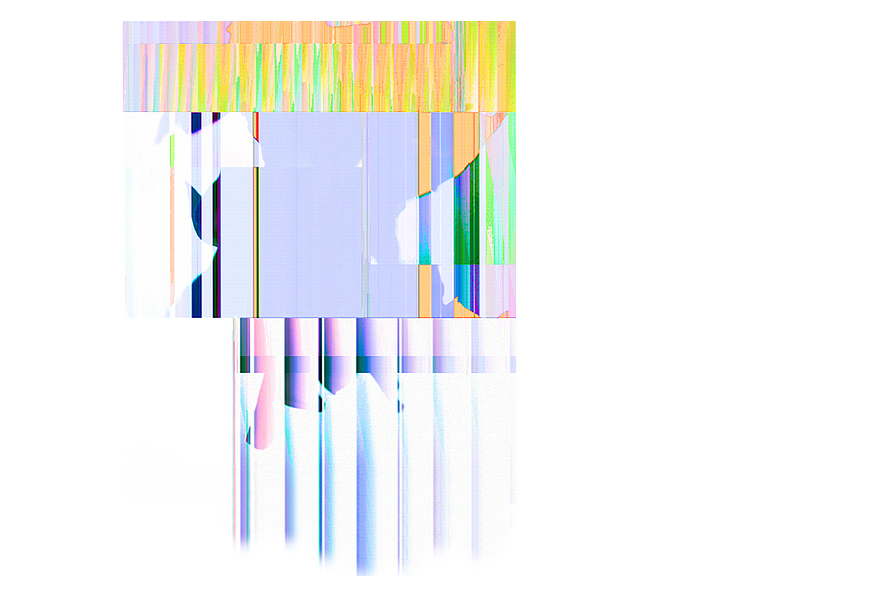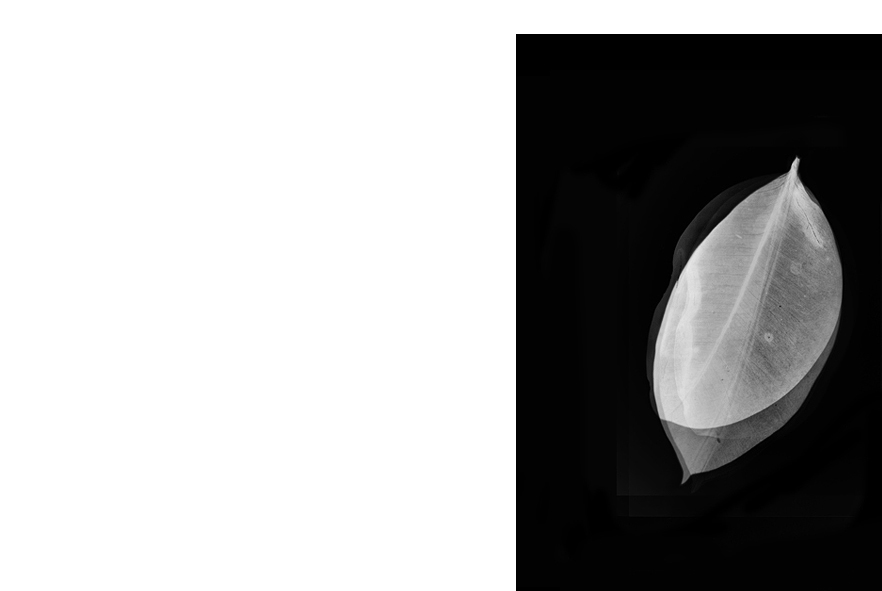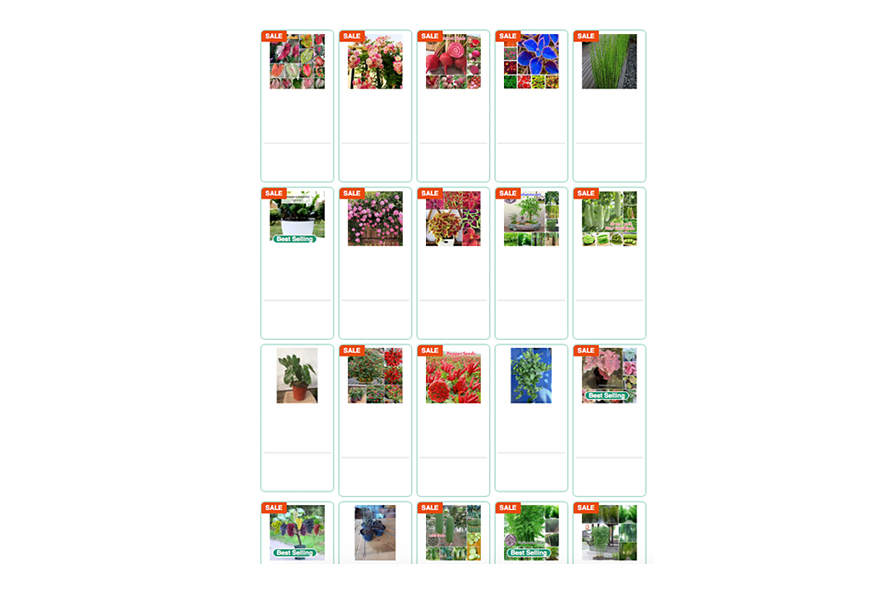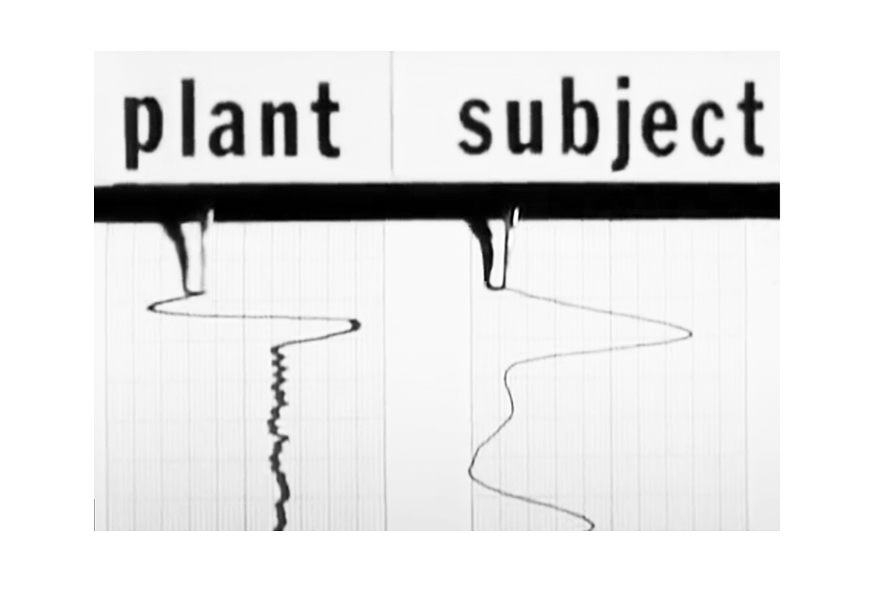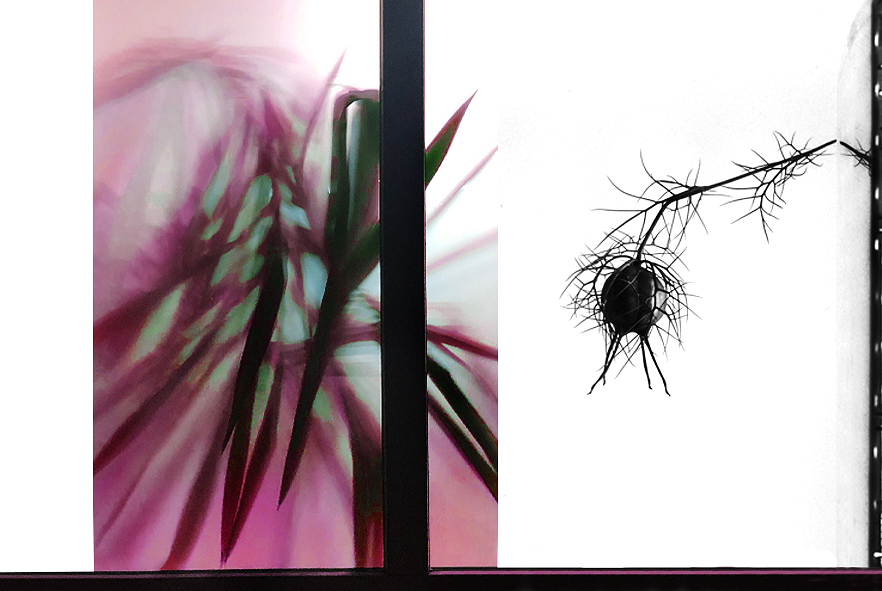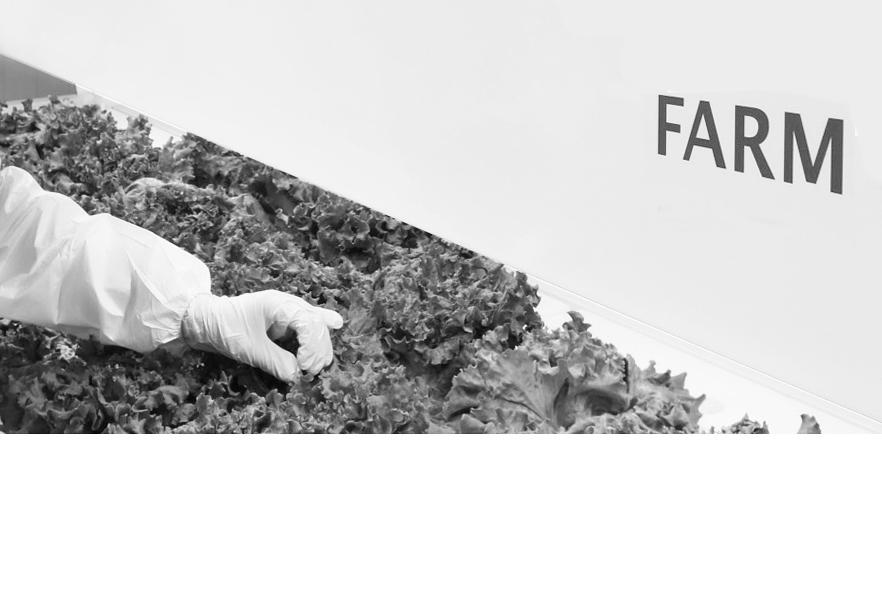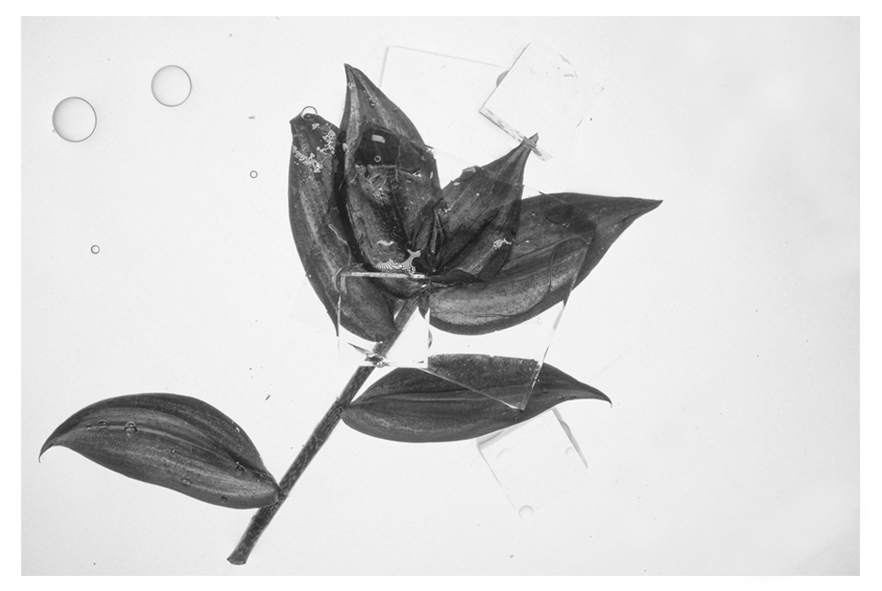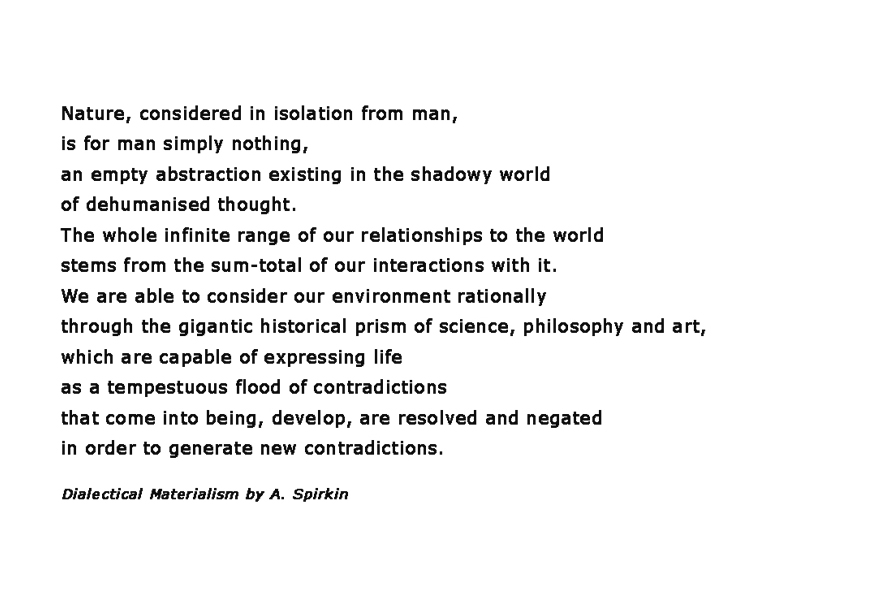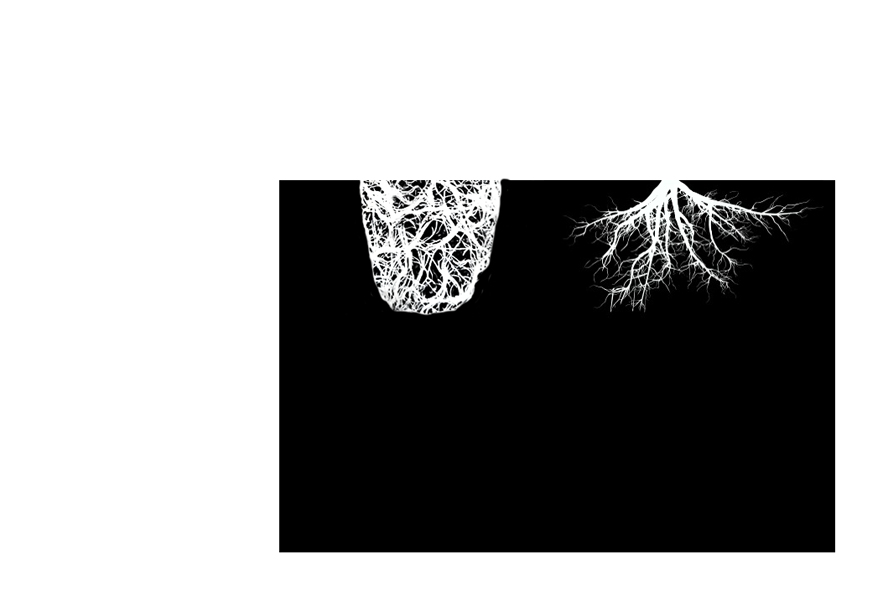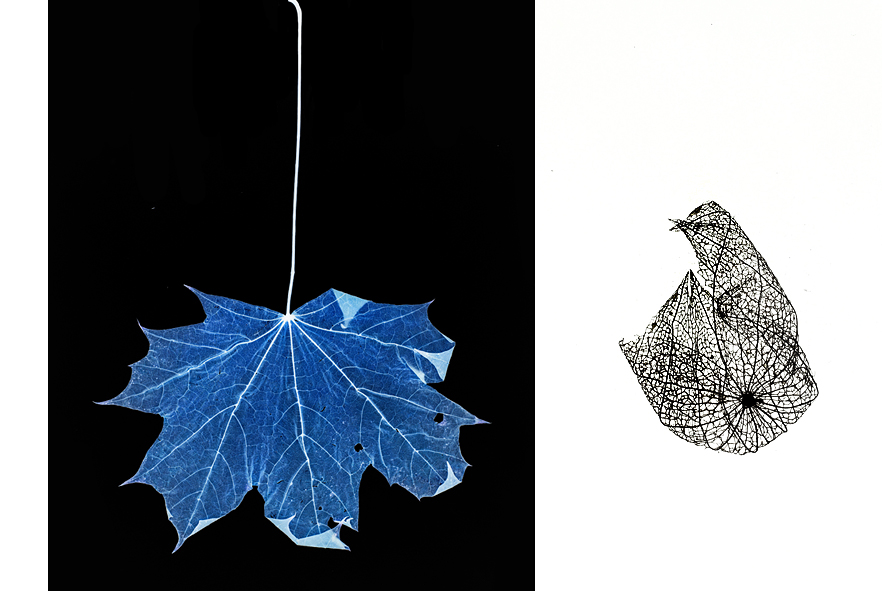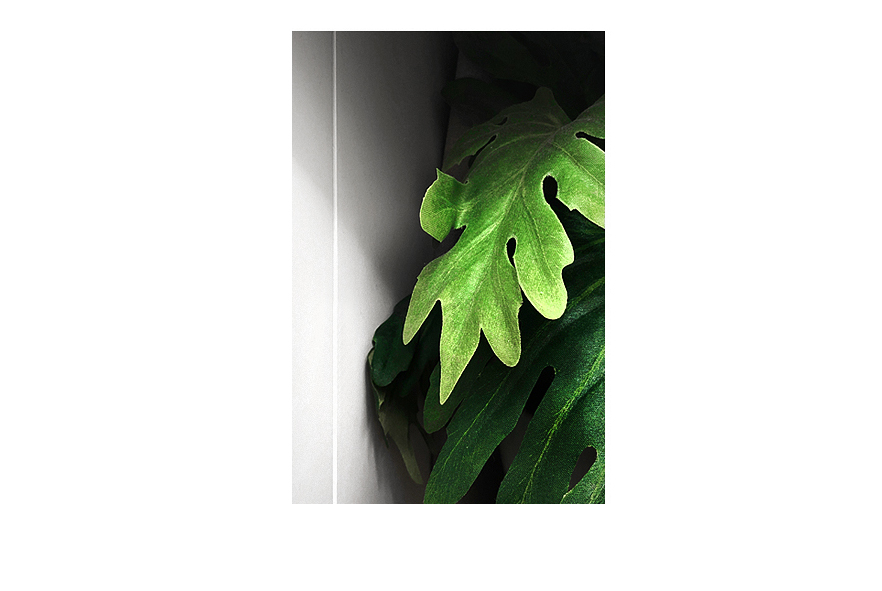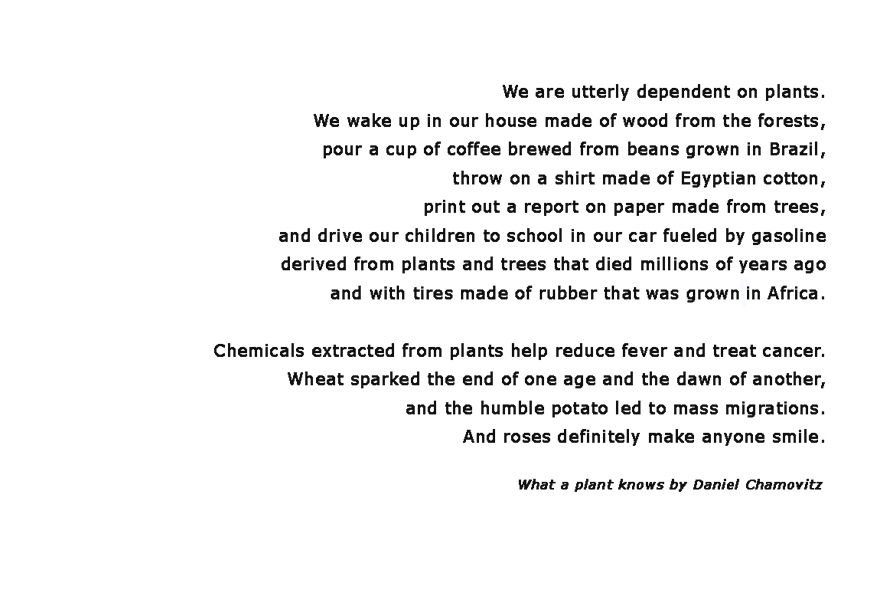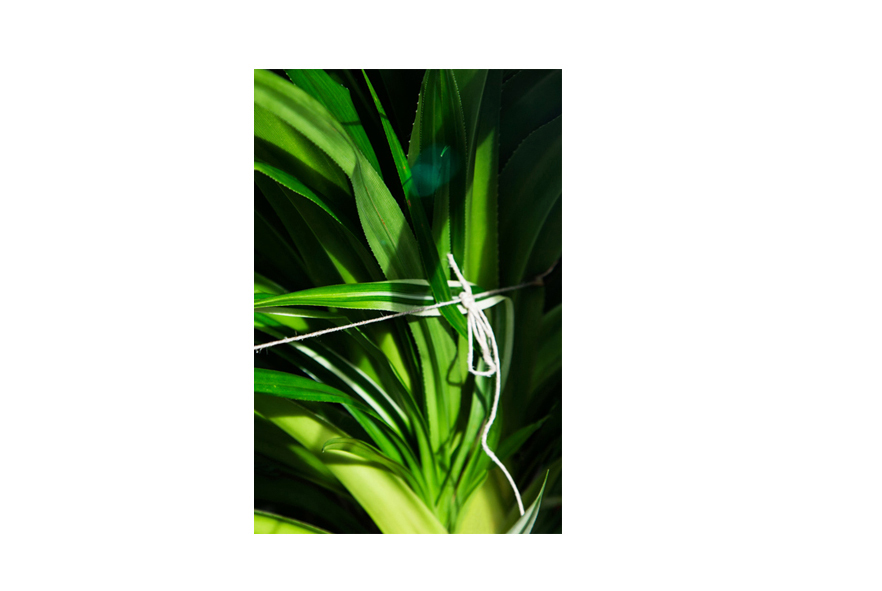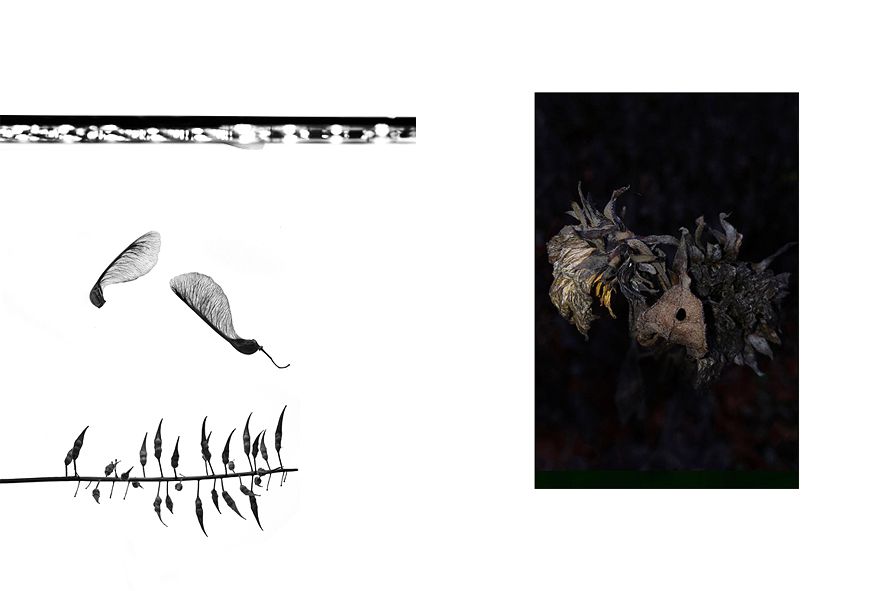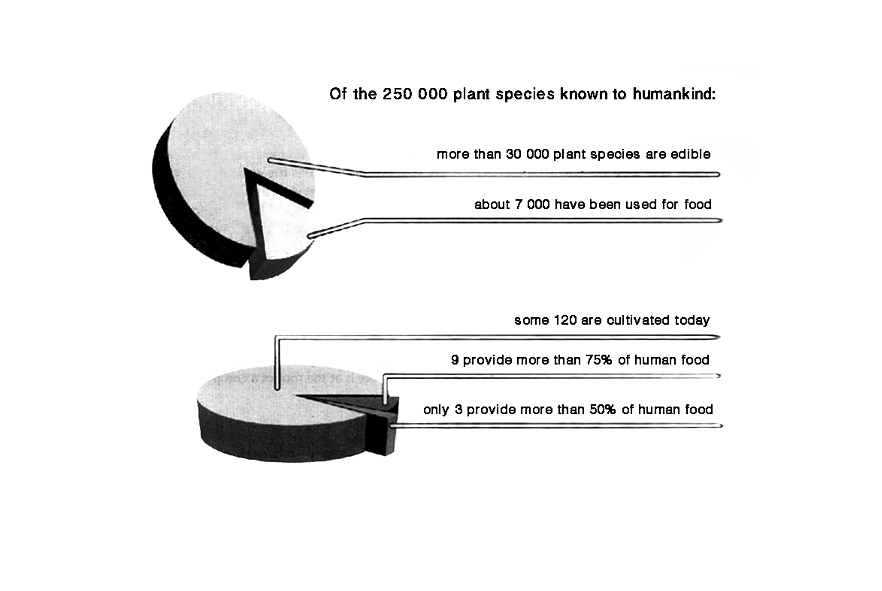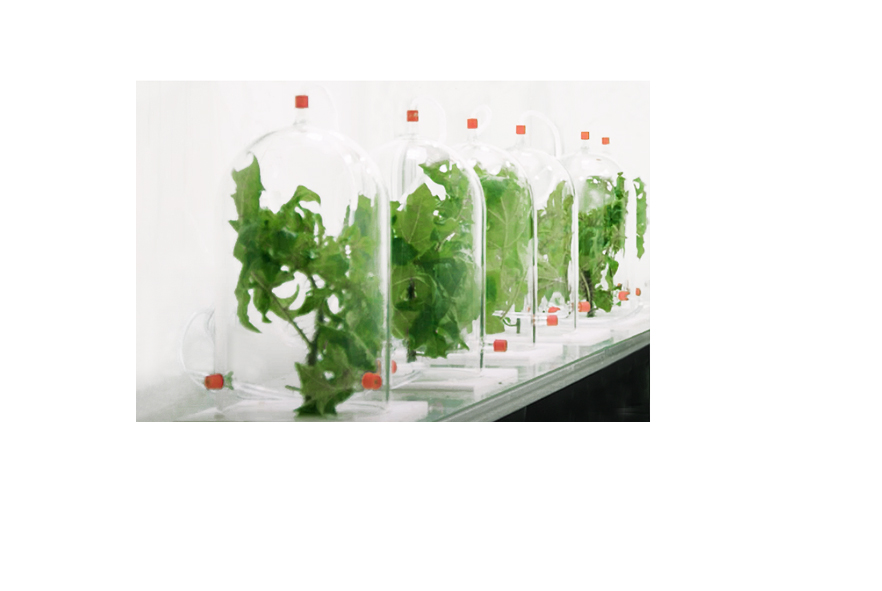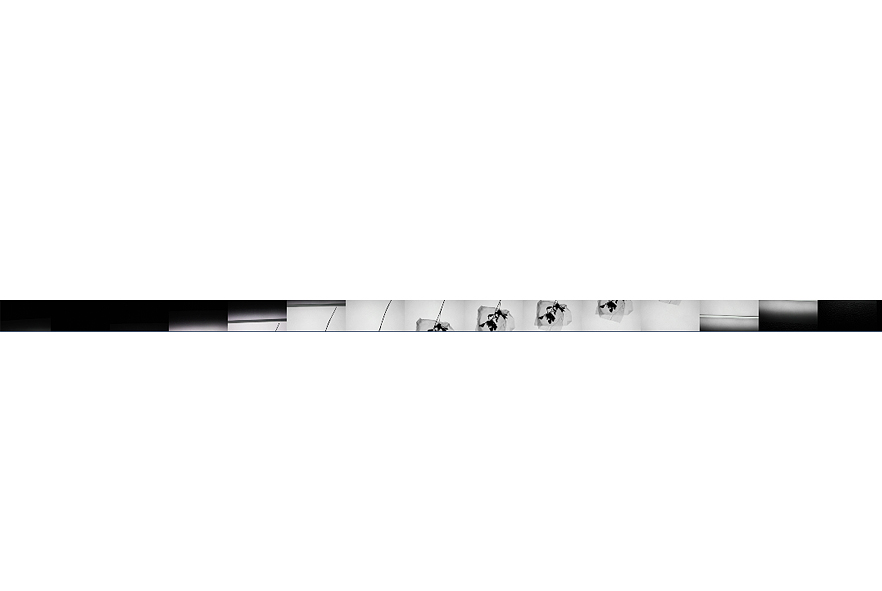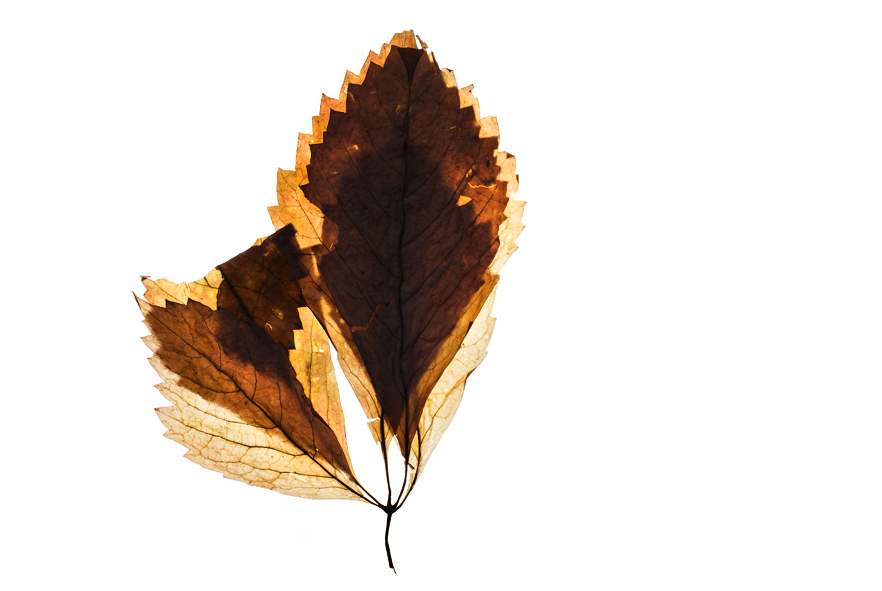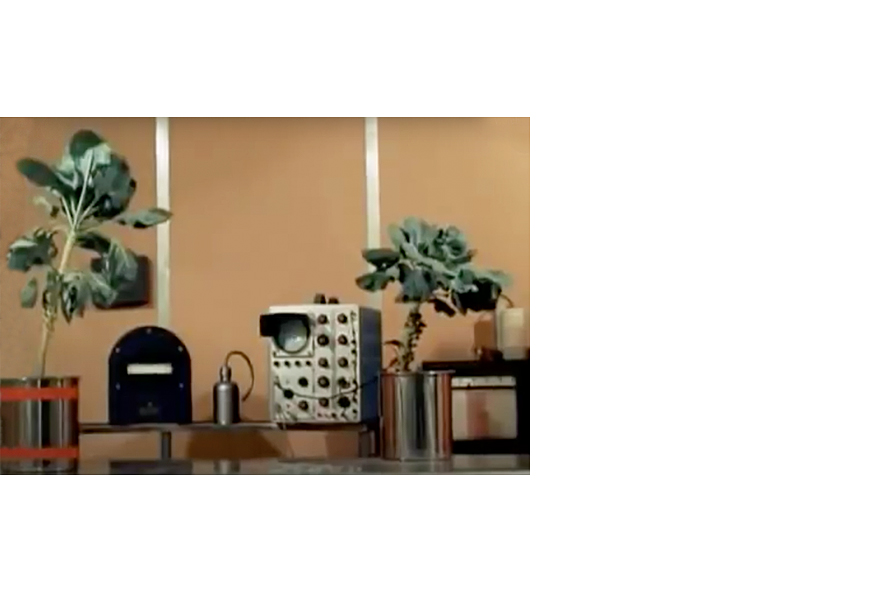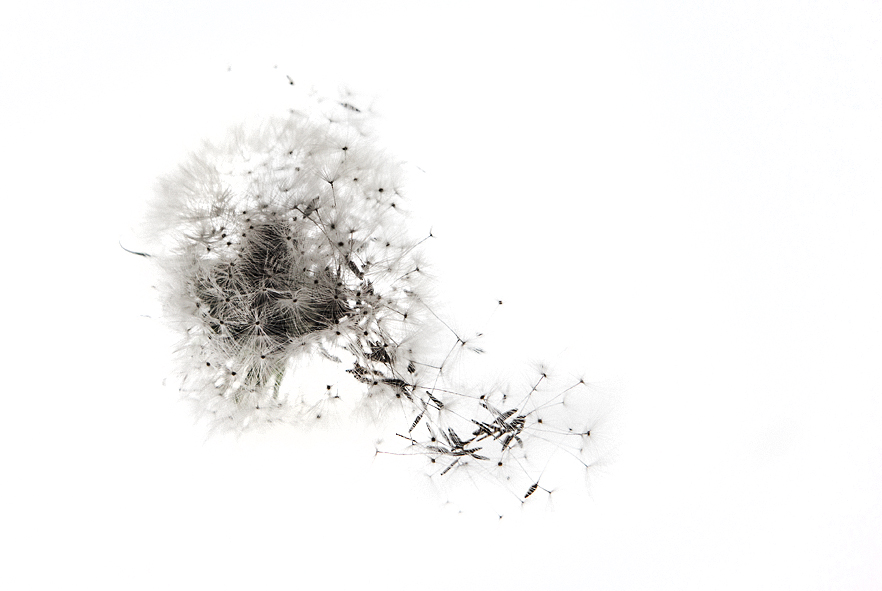________
By distancing ourselves from plants and denying their autonomy, we jeopardize a true sense of human identity, situatedness, and responsibility. Only in the company of others do we arrive at the true sense of our own personhood and ecological identity. The risk we run by ignoring the personhood of plants is losing sight of the knowledge that we human are dependent ecological beings. We risk the complete severance of our connections with the other beings in the natural world—a process which only serves to strengthen and deepen our capacity for destructive ecological behavior. This is humanity’s worst type of violence.
Plants as Persons by Matthew Hall (2011)
___________
SILENCING NATURE
As plants are symbolically threaded through all forms and varieties of human culture, our subconscious seems to be aware of their significance to the extend bounded off by our changing notion of nature. Much of what we perceive as nature today is merely a simulation designed by people. And in fact, our very technological progress was traditionally created to protect us from the forces and unpredictability of nature. Now we find ourselves in the midst of possible unreparable damage to our environment.
Can conscious awareness of our current view on plant life, that still follows the scala naturæ in seeking to find order and relationship in the biological world, bring cultural change in our perception of and our relationship with plants and nature? Is the term 'nature' still adaptable to our environment?
___________
Plants can be considered to be social participants and players in society. Euro-western culture largely ignores the many roles that plants play in society. It’s been called “plant blindness” (1998 Schussler and Wandersee), an “inability to see or notice plants in one’s environment.” Plants are not much more than background foliage in our busy lives or even expendable. That non-human nature is part of society is foreign to Euro-western thought. Ever since the Enlightenment, the dominant Euro-western worldview has seen the human as the supreme species, leaving the rest of the world as resources to exploit.
Sarah Elton (2021)
___________
Silencing Nature is an evolving interdisciplinary project (started in 2020) questioning the anthropocentric and traditional formal logic with which we, Euro-western societies, view and control plant life. Our plant economy is pushing forward technical approaches to natural processes disregarding balances in ecosystems. Plant consumerism puts value on ownership and artificiality whilst pushing nature reserve knowledge and appreciation further from our culture.
This project is aiming to find new spaces and pathways based on contemporary botanical philosophy, ethics and science through photography, video, found footage and installation to alter conscious confrontation with our relationship to plants.
____________
The whole history of botany seems to be permeated with the idea that plants are somewhere at the bottom of the ladder of existence. Experts tirelessly emphasise the simple structure and vegetative functions of the plant. Our conventional way of looking at plants is failing. Plants can no longer be described as passive beings in an obvious contrast to animals. Plants do not form a backdrop for humans and animals, but control life from top to bottom. Plants are endowed with experiences, aspirations and intelligence, in their own way.
Norbert Peeters – botanical philosopher
(video)-stills / photographs / disrupted digital files / scans / text / research sources and found footage
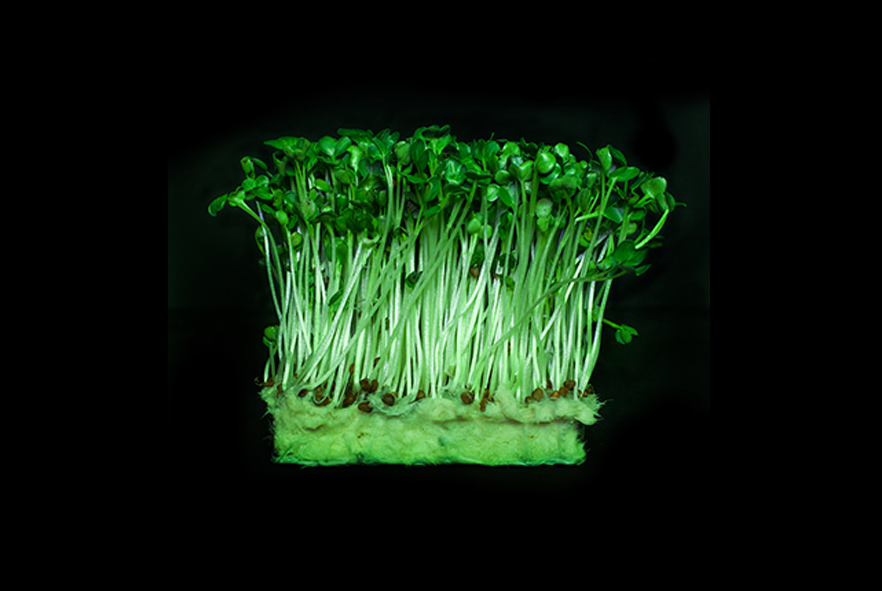
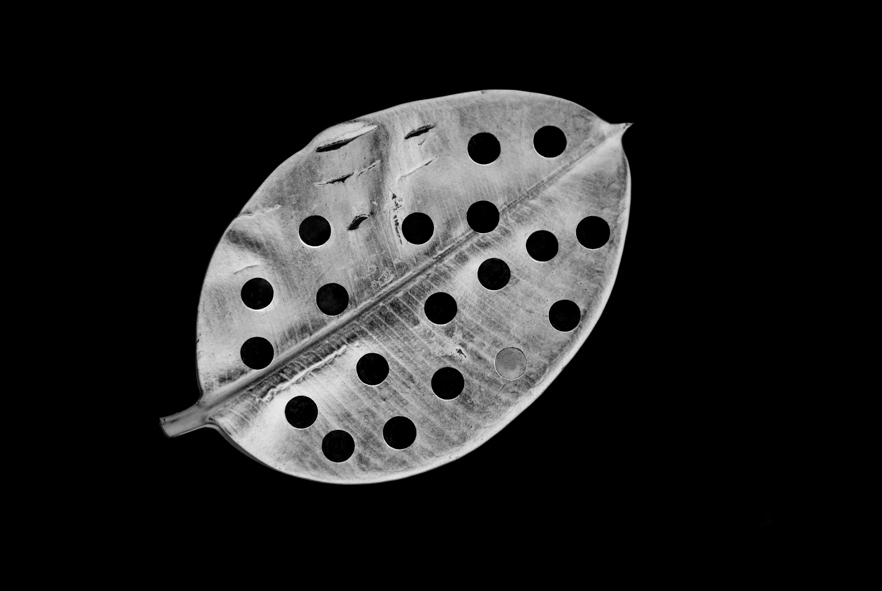
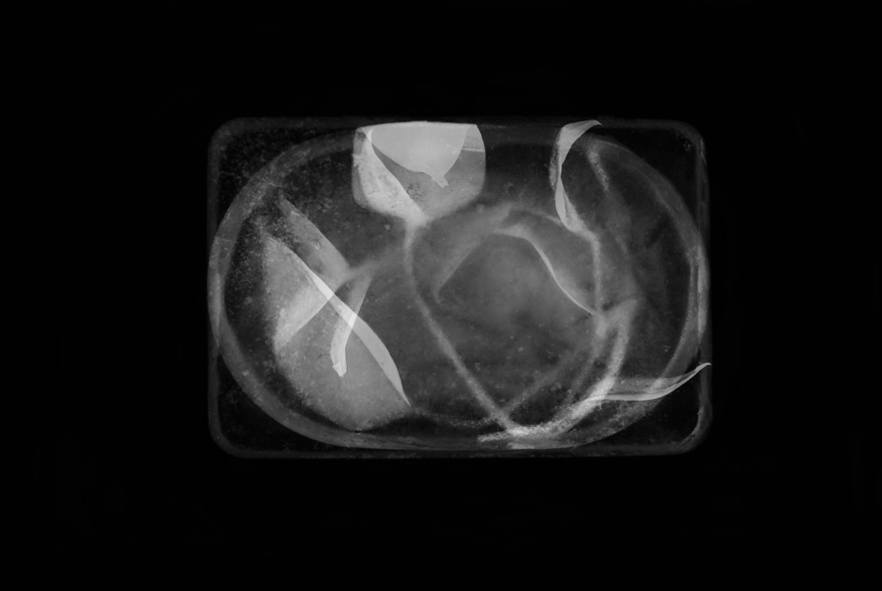
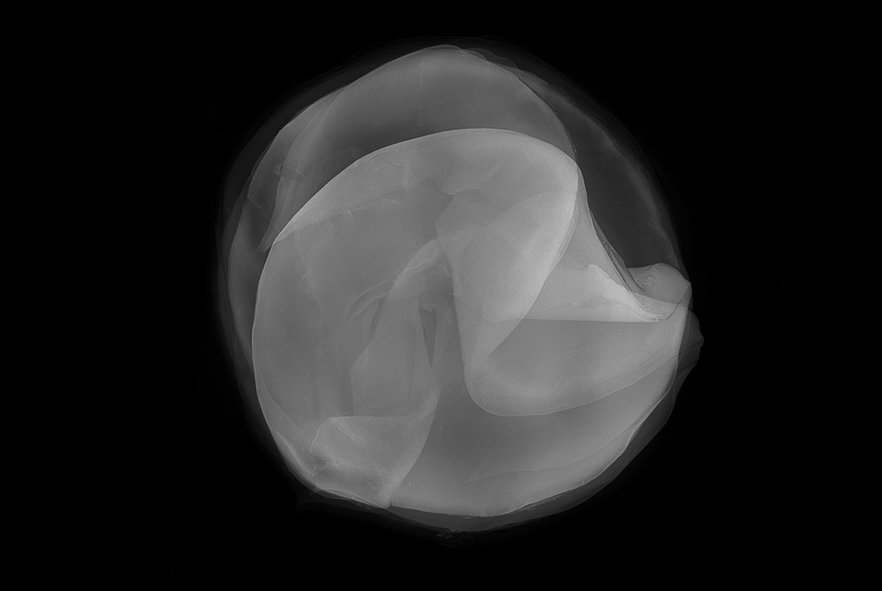
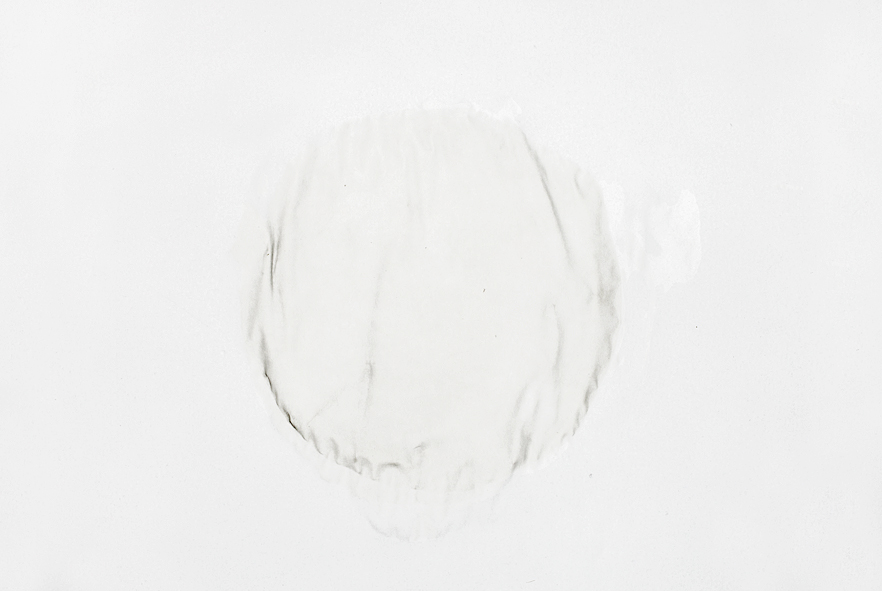
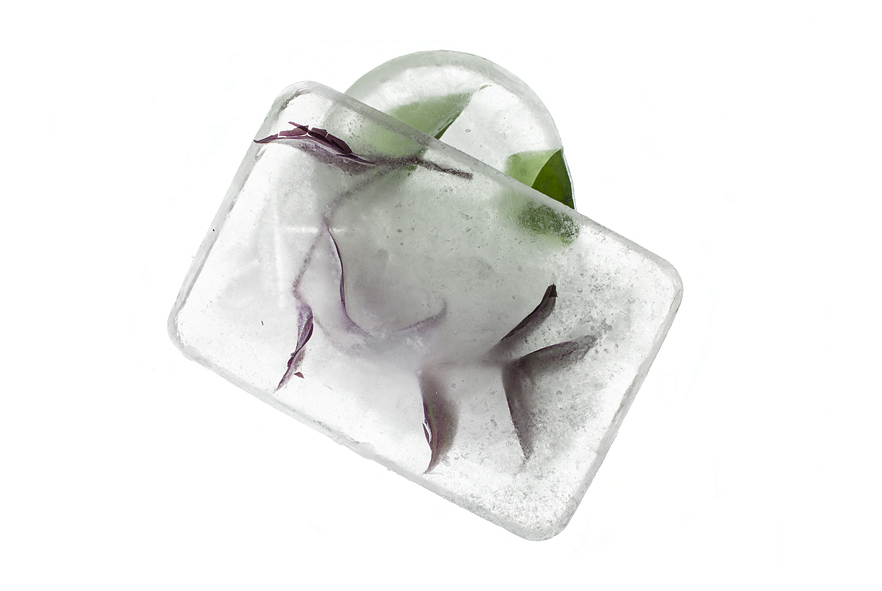
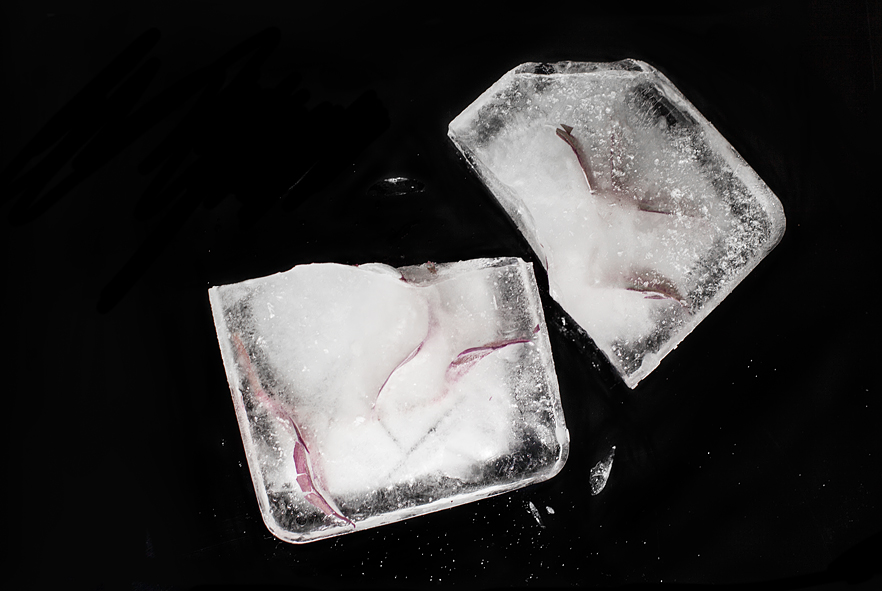
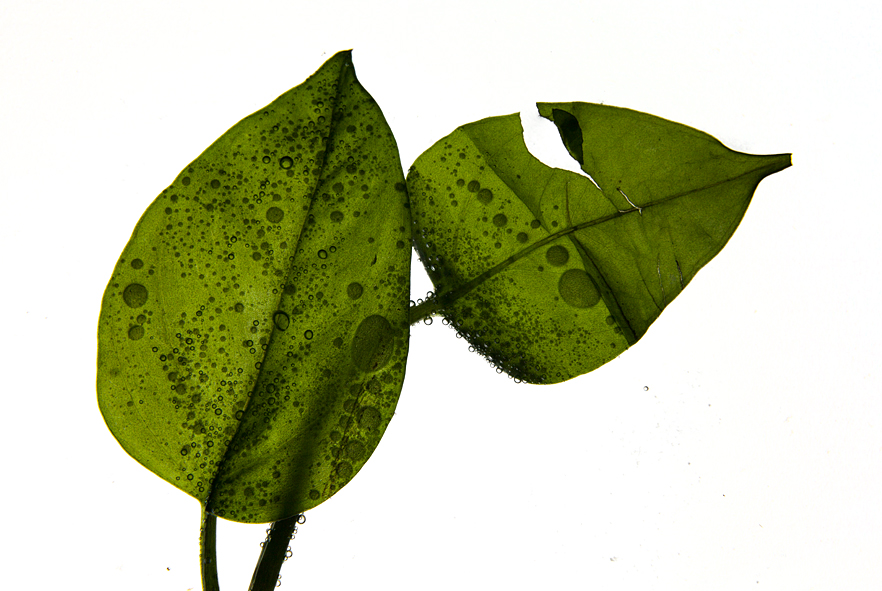
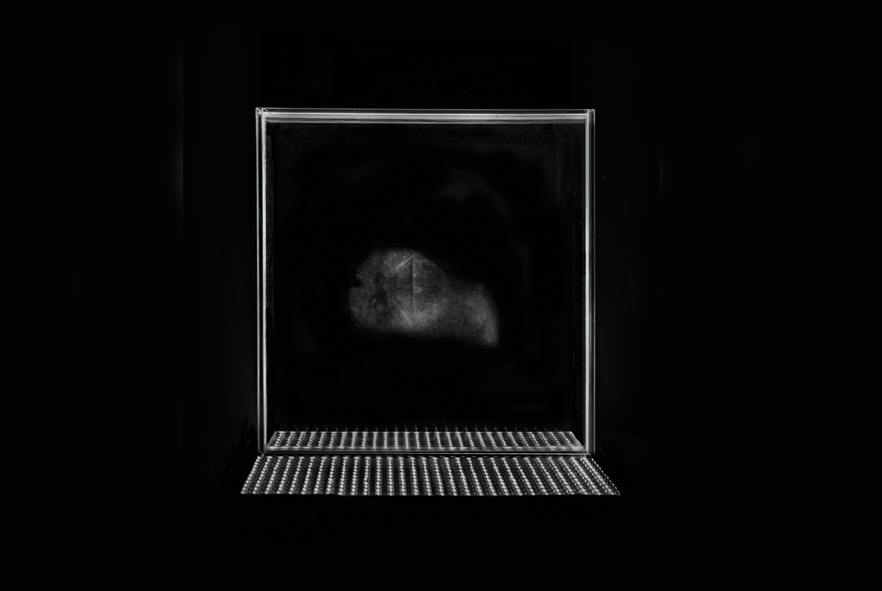
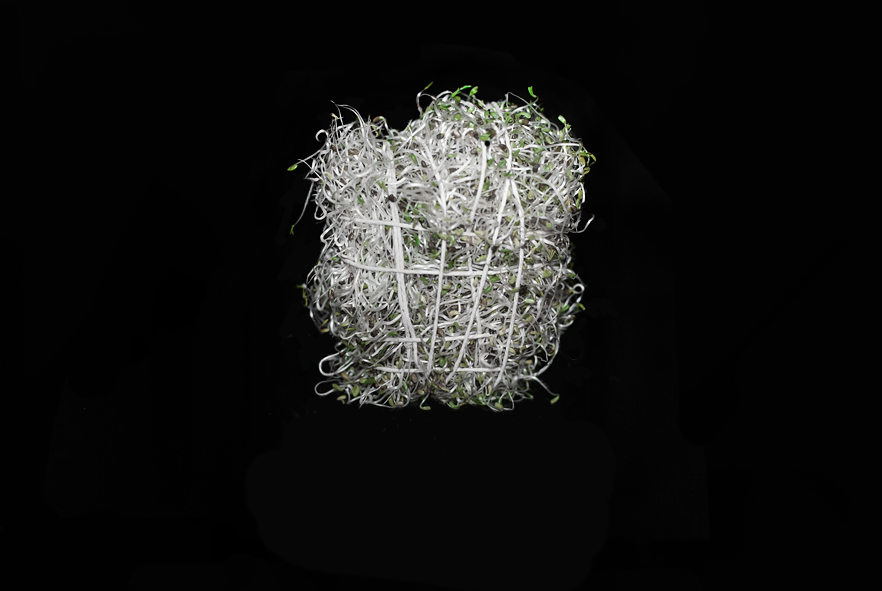
______________________________________________________________________________
RESEARCH
